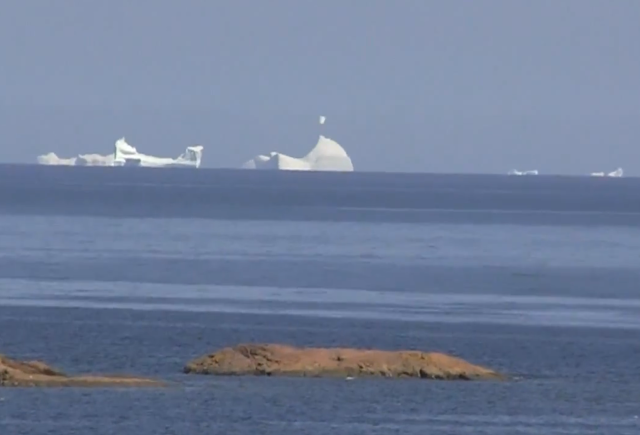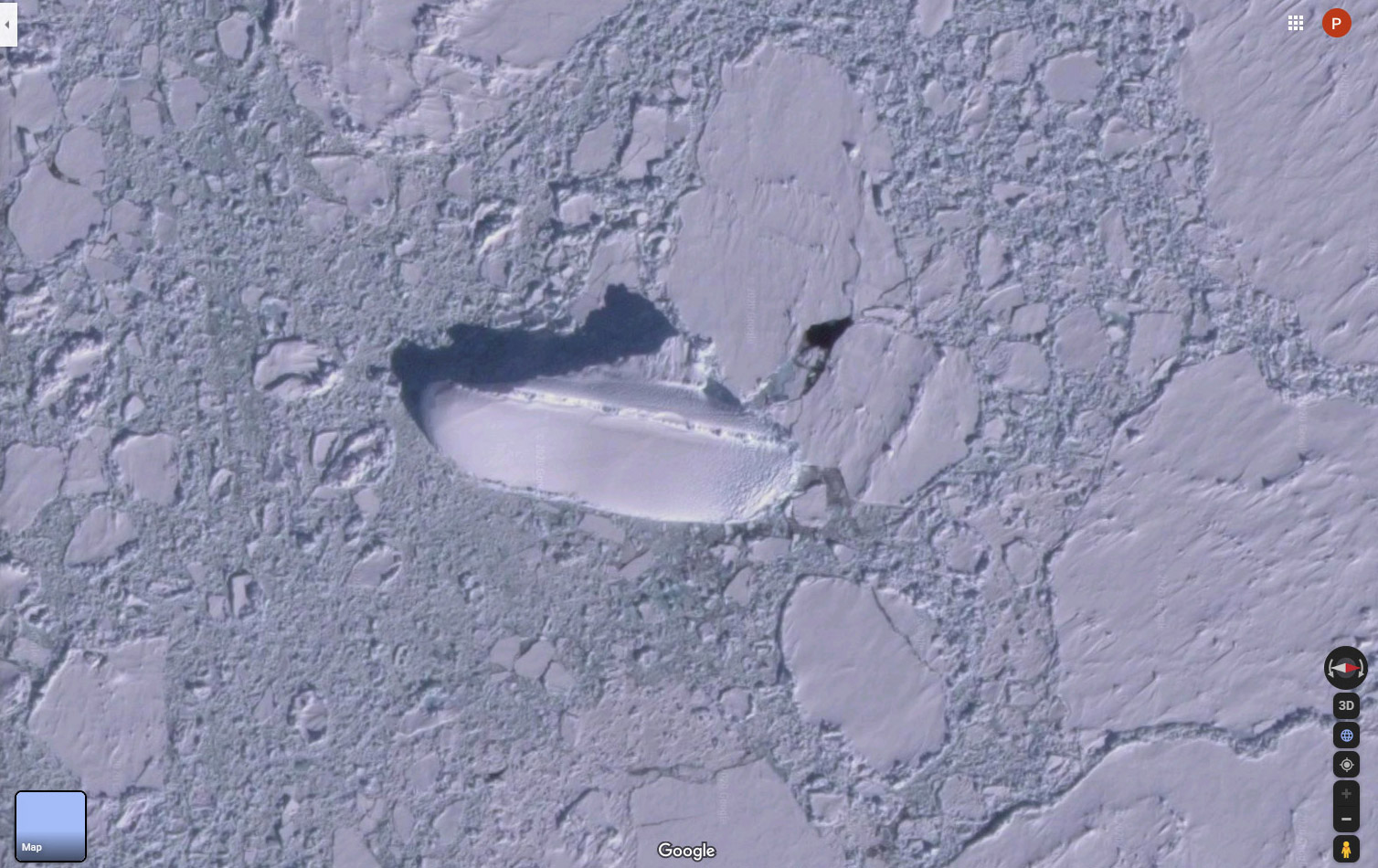

His crew used the Larcum Kendall K1 watch in combination with a sextant to track longitude on their journey. “The old data from these explorers may not been very good, but it’s all that we’ve got from that time - and it’s good enough.”Ĭook’s observations make up 95% of the historical data used for comparison in the study. Long, BYU professor of electrical and computer engineering. “Where they saw icebergs, we see icebergs now where they didn’t seem them, we don’t see them,” said study coauthor David G.

They also found additional iceberg tracking by Edmond Halley in 1700, Lozier Bouvet in 1739 and Edward Riou in 1789 are consistent with modern observations. They found that Cook’s description of the iceberg plume east of Antarctica’s Amery Ice Shelf, along with iceberg distributions in the Weddell, Ross and Amundsen Seas, agree with modern data. Using primarily the journal records of Captain James Cook’s 1772-1775 Antarctic circumnavigation on the HMS Resolution (where he noted the positions of hundreds of icebergs), a trio of researchers from Brigham Young University, NASA’s Jet Propulsion Laboratory and the University of Washington’s School of Oceanography made comparisons with the two largest modern datasets available today: the BYU/National Ice Center and Alfred Wegener Institute datasets. The study shows that despite their rudimentary tools, the old explorers truly knew their craft, and it confirms that the icebergs have behaved consistently for more than 300 years. A new study comparing observations of large Antarctic icebergs from the 1700s with modern satellite datasets shows the massive icebergs are found in the same areas where they were pinpointed three centuries ago.


 0 kommentar(er)
0 kommentar(er)
